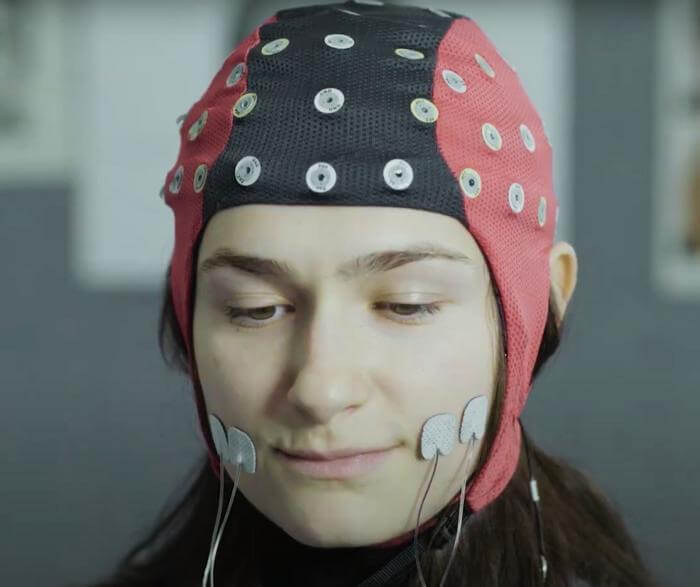COLCHESTER, United Kingdom — A smile really can brighten everyone’s day. Other people’s emotions can be hard to read, especially among mostly unexpressive faces. However, researchers from the University of Essex have found that when someone smiles, even for just a split-second, it actually makes people more likely to see happiness in an otherwise expressionless face.
Researchers believe this work shows that even a weak grin helps make faces appear more joyful. This groundbreaking work was possible thanks to electrical stimulation that sparked smiles. Photographs originally made famous by Charles Darwin served as inspiration for this study.
A painless current provided by electrical stimulation served to manipulate participants’ muscles into momentary action, resulting in a brief uncontrollable smile. This study marks the first time ever that facial electrical stimulation has appeared to influence emotional perception.
The researchers, led by Dr. Sebastian Korb from the university’s Department of Psychology, are hopeful their study can help jumpstart further exploration of potential treatments for depression or disorders that affect expression, such as Parkinson’s and autism.
“The finding that a controlled, brief and weak activation of facial muscles can literally create the illusion of happiness in an otherwise neutral or even slightly sad looking face, is ground-breaking,” Dr. Korb says in a university release. “It is relevant for theoretical debates about the role of facial feedback in emotion perception and has potential for future clinical applications.”

The research team utilized an updated, modernized version of a technique initially developed in the 19th century by French physician Duchenne de Boulogne. Charles Darwin, meanwhile, went on to publish drawings of Duchenne’s work in The Expression of the Emotions in Man and Animals – his third major work pertaining to evolution.
However, fast forward to today’s research, and the voltage was much lower to ensure the safety of participants and better control the resulting smiles. Thanks to modern computers, study authors controlled the onset of smiles to within a millisecond.
In all, 47 people participated in the study. Each person viewed digital avatars and then had to determine if the avatar looked happy or sad. During half of the trials, smiling muscles activated on the faces. Researchers ultimately determined that cracking a weak smile for just 500 milliseconds was enough to induce the perception of happiness.
Dr. Korb adds these findings can help modern science understand facial feedback.
“We are currently conducting more al research to further explore the phenomenon in healthy participants,” Dr. Korb concludes. “In the future, however, we hope to apply this technique to explore facial emotion recognition, for people with conditions like Parkinson’s, who are known to have reduced spontaneous facial mimicry and impaired facial emotion recognition.”
The study is published in the journal Social Cognitive and Affective Neuroscience.
